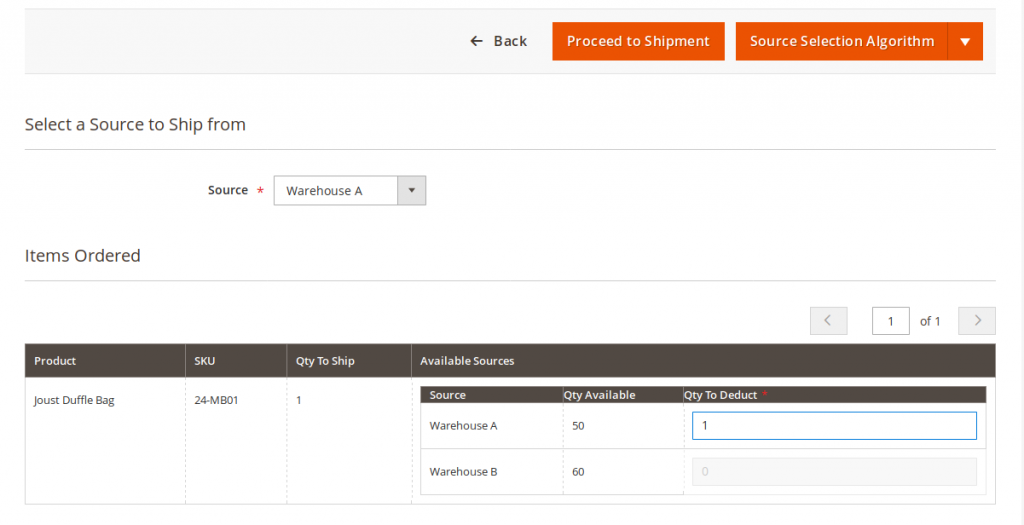

Even if you’ve installed your module or your company’s module, you shouldn’t change it directly in the module folder, as when upgrading the module later, all current changes can be lost. It’s not surprising that when Magento is upgraded, the files are overwritten and the changes are lost. app/code/Magento/Catalog/view/frontend/layout/default.xml app/design/frontend/base/default/layout/catalog.xml For example, if we change the layout of the directory file in the Magento core folder: It can happen if we change the files of the Magento core, default theme files or module files. Let’s define the case when the changes can be overwritten when Magento is upgraded completely or just some modules. Take your online store to the next level with BelVG Magento webdesign Visit the page To which menus can I add custom entries using layout XML in an upgrade‐safe way app/design/frontend/vendor/our_theme/layout/default.xml

app/design/frontend/our_package/our_theme/layout/page.xml These blocks can be controlled by default in the following system files: Main/Content (Main – в Magento 2.2, Content – в Magento 1.9)ģ out of 5 blocks are placed on every page (header, footer, main/content), but “left” and “right” columns are placed if the appropriate template is used (2columns-left, 2columns-right and 3columns).Both in Magento 1.9 and Magento 2.2 there are 5 main structural blocks: Today we’re going to discuss structural blocks. Besides, structural blocks are parent containers towards content blocks (more details you can find in our article Understanding Containers, Blocks, and Actions in Magento 2 Layout Structure). Which structural blocks are available as a part of the content on all pagesįirst off, it should be mentioned that there are structural blocks and content blocks in Magento.


 0 kommentar(er)
0 kommentar(er)
